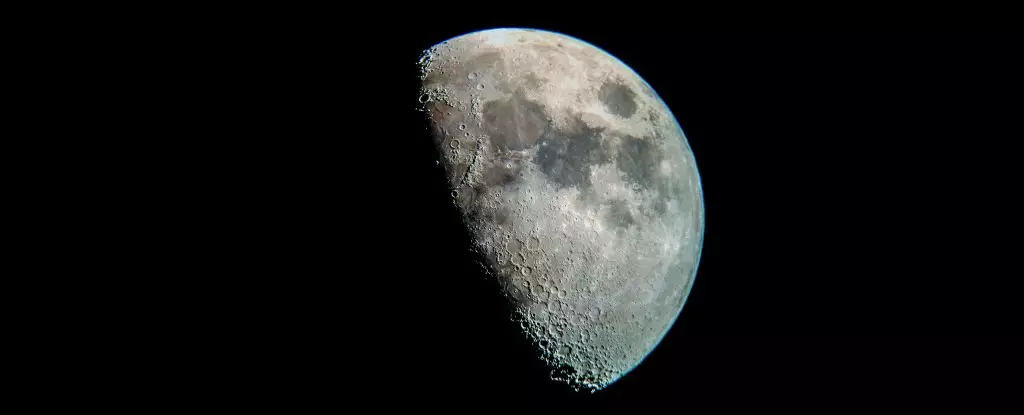The origins of our Moon, that ancient celestial body that orbits Earth, have long puzzled scientists, but recent research suggests a more complex and nuanced history than previously understood. A team led by geologist Francis Nimmo from the University of California, Santa Cruz, proposes that the Moon may have formed significantly sooner—around 4.53 billion years ago, rather than being a later byproduct of Earth’s turbulent origins. This new timeline is not just a revision of numbers; it could provide solutions to various long-standing mysteries regarding the Moon’s surface and composition.
Current scientific consensus posits that the Moon arose from a cataclysmic collision involving a Mars-sized body and the nascent Earth shortly after the Solar System’s formation roughly 4.6 billion years ago. The debris from this impact coalesced to form the Moon while Earth was still in a molten state. Previous estimations suggested that the collision occurred about 4.35 billion years ago based on lunar rock samples thought to have originated from a global magma ocean.
However, ongoing research uncovered zircon crystals on the Moon, which are believed to have formed earlier—some dated as old as 4.51 billion years. The existence of these ancient zircons suggests the Moon’s history includes a formative stage predating the magma ocean theory. This discrepancy initiated a reevaluation of the Moon’s timeline and the events surrounding its creation.
Zircon crystals serve as essential geological timekeepers due to their unique formation characteristics. When zircon crystals crystallize, they incorporate uranium while excluding lead, allowing scientists to gauge their ages through isotopic decay. This provides a precise dating methodology that sheds light on the timing of lunar events.
The presence of older zircon crystals challenges the preceding notions about the Moon’s surface history. If these specimens are indeed from an era prior to the hypothesized magma ocean, what does that mean for our understanding of the Moon’s evolution and the geological processes at play? Nimmo’s team suggests that the Moon not only formed earlier but also underwent a process of crustal remelting approximately 4.35 billion years ago, potentially leading to a reconciliation between the ages of the meteorite samples and the zircon crystals.
The Role of Eccentric Orbits
Nimmo’s hypothesis introduces interesting considerations regarding the Moon’s orbit. In its infancy, the Moon likely had an eccentric orbit—an elliptical path characterized by varying distances from Earth. This eccentricity creates fluctuating gravitational forces, which, in turn, exert tidal forces that can induce heating through friction.
This dynamic interaction may have caused the Moon’s surface to experience remelting episodes. According to the new analysis, this melting could account for the apparent lack of impact basins that scientists would expect given the prediction of intense bombardment during the Moon’s early history. Essentially, the Moon’s surface could have been remodeled through these melting events, leaving fewer impact marks than anticipated.
Unraveling Lunar Mysteries
The consequences of this new understanding extend to several intriguing lunar enigmas. For instance, Earth’s surface has a significant presence of metals produced via impacts during the planetesimal bombardment, while the Moon is conspicuously lacking these metallic elements. Under Nimmo’s model, the scenario wherein the Moon collects some material during its formation and later undergoes a remelting phase provides a plausible explanation. The metals would have sunk beneath the lunar surface, further distinguishing the Moon’s composition from that of Earth.
Additionally, the South Pole-Aitken Basin—one of the Moon’s largest and oldest impact structures—serves as another focal point for scientific inquiry. By constraining the age of the Moon’s formation and subsequent geological activity, researchers can glean insights into the timeline of this significant lunar feature.
As researchers continue to refine our understanding of lunar origins, the revised timeline not only alters the way we perceive the Moon’s formation but also enhances our comprehension of Earth’s evolutionary history. The complexities surrounding the Moon’s creation and its relationship with Earth reflect a never-ending journey of discovery in planetary science. Each new finding deepens our awe of the cosmos and our place within it—a reminder that the more we learn, the more questions arise in this vast, enigmatic universe.


Leave a Reply